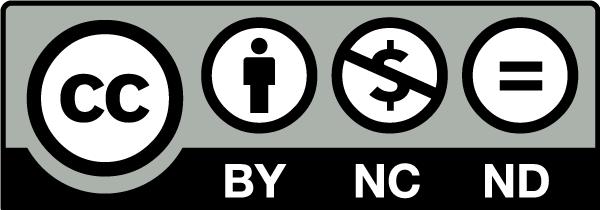True and Fair: a Truly Fair Hendiadys or a Fairly True Tautology? Considerations on a Specialized Formulaic Item
DOI:
https://doi.org/10.13136/2281-4582/2015.i5.265Abstract
Fairness is not a description, it is an evaluation. As for truth, the concept represents the real facts about a situation, an event, a person. What is true is real and reliable, and what is fair is good. In general English, there is no need to describe anything as both fair and true, but strangely enough the two adjectives are
strictly joined in the accountancy domain. Ultimately, the use of such terms seems to raise old well-known problems regarding rhetoric. The couple finds its foundations in literary contexts in the 16th century, it soon becomes a hendiadys in the following centuries, and then it is a codified ‘formula’ in the specialised financial field. A discussion over the need for an interpretation of the terms used by auditors in expressing their opinion appears in the accounting literature. But, this does not change the inherent and long-standing vagueness and ambiguity of the undefined expression, ‘true and fair’ view, which has been used since it was introduced in the 1948 UK Companies Act. The term has a legal origin in the 18th century, and it appears to have been translated into a legal definition concerning corporate accountability in the 20th century. The aim of this short contribution is that of analysing the possible linguistic ‘ordinary’ contexts where the hendiadys true and fair was born, and exploring the meaning of the same ‘formula’ during the centuries in non-financial contexts. We start from the hypothesis that true and fair is a hendiadys, that is to say, a formulaic expression, in which the two components of ‘truthfulness’ and ‘fairness’ are by no means
independent. On the contrary, the two terms take strength and completeness one from the other, so as to generate an only complex meaning, whose original usage was, last but not least, a literary and poetical one. The analysis of the hendiadys from the non-financial to the financial context, following steps of the etymological and lexical research methodology, should give a contribution to a more complete definition of the very complex concept of the true and fair view in the Fourth Council Directive.
Downloads
Published
Issue
Section
License
Copyright (c) 2019 Annalisa Zanola

This work is licensed under a Creative Commons Attribution-NonCommercial-NoDerivatives 4.0 International License.
Iperstoria is an Open Access journal.- Authors retain copyright and grant the journal right of first publication with the work simultaneously licensed under a Creative Commons Attribution 4.0 BY-NC License that allows others to share the work with an acknowledgement of the work's authorship and initial publication in this journal.
- Authors are able to enter into separate, additional contractual arrangements for the non-exclusive distribution of the journal's published version of their work (e.g., post it to an institutional repository or publish it in a book), with an acknowledgement of its initial publication in this journal. We require authors to inform us of any instances of re-publication.







